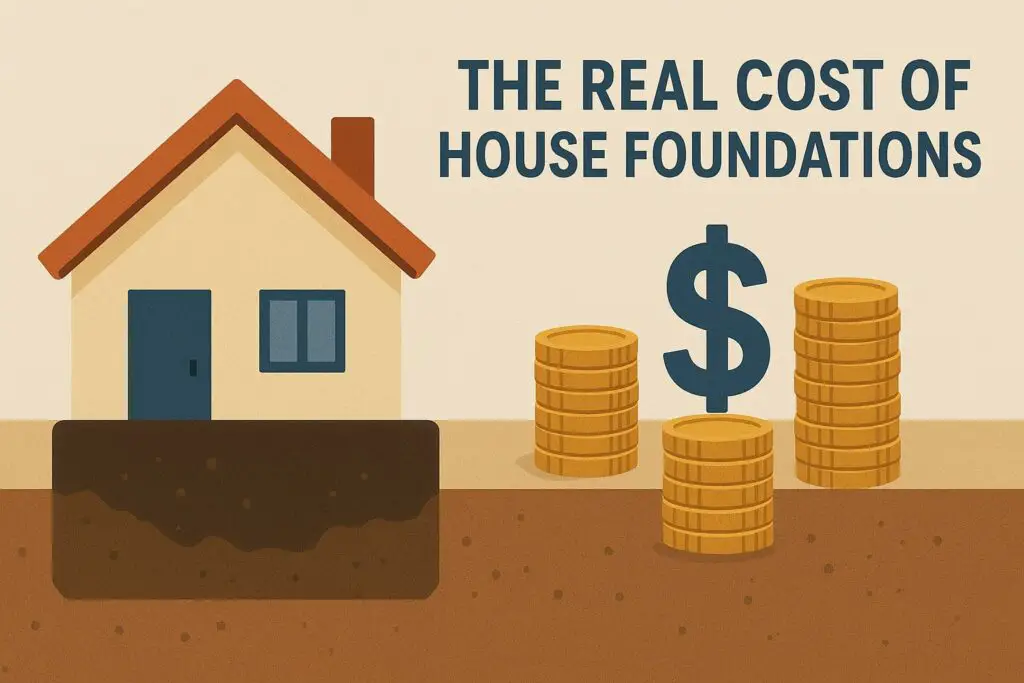How to Repair Rotten Floor Joists: A Guide for Homeowners
Floor joists are the backbone of your home’s structural integrity. When they rot, your entire floor system becomes compromised. This guide shows you exactly how to identify, assess, and repair rotten floor joists safely and effectively. Quick Answer: Repairing rotten floor joists involves removing damaged sections, treating the cause of rot, and either sistering new […]
How to Repair Rotten Floor Joists: A Guide for Homeowners Read More »

